Japanese Art, Japanese Knife, Japanese Traditional Crafts
7 Celebrity Japanese Sword Owners and 4 Tips for Buying Your Own
UFC President Dana White bought a 400-year old Japanese sword this year for $69,000. Interestingly, he didn’t travel to Japan, or even to a gathering of experts or enthusiasts. No, Dana White haggled with the guys at The World Famous Gold & Silver Pawn Shop in Las Vegas, the home of the History Channel’s smash hit TV show “Pawn Stars.” The details of the exact sword he bought that day remain unclear, so we don’t know if he got something worth the box it came in or not. But either way, I would say there is a better way to spend $69,000 on a Japanese sword – and it involves the help of some trained experts.
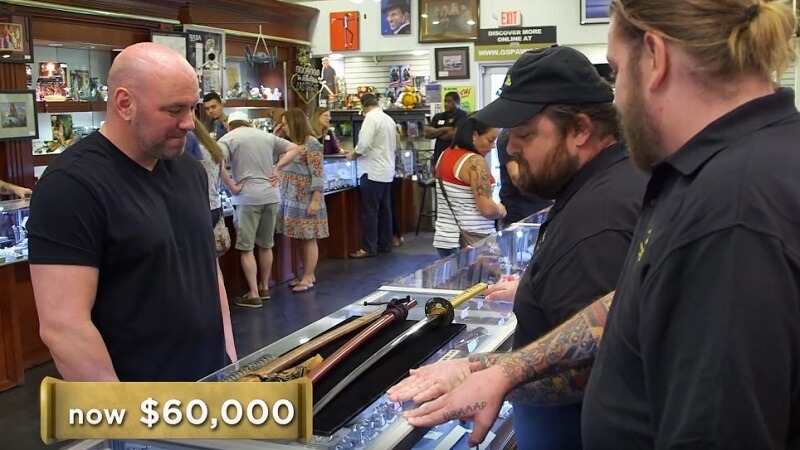
But Dana White isn’t the only celebrity to open their wallet for in pursuit of ancient Japanese steel. Former San Antonio Spurs franchise player Tim Duncan is said to have a three-foot long samurai sword in his collection of antiques and knives at home. Maybe these others did a little bit more research before bringing out their cheque-books …

Other celebs rumoured to have massive knife collections (which may or may not include some nihontō Japanese swords) are Sylvester Stallone, Nicolas Cage, and Angelina Jolie. Next time one of these stars is visiting Japan I hope someone asks them if they have Japanese blade yet – my guess is that they do.
Some other stars (past and present) with sizable sword collections include Ghostbusters star and film maker Harold Ramis (RIP) and Steven Seagal.

Besides having a real fat wallet, how do these celebs actually go about buying Japanese swords? Let’s take a look at how you can get your hands on an authentic Japanese sword, just like Dana White and Tim Duncan. Unlike Dana, however, we aren’t going to get on TV and buy from some guys in the Nevada desert. No, I am going to show you how to prepare yourself to purchase an authentic Japanese sword from a fair and respectable source. Let’s take a closer look. (Images: youtube.com, sheridanhoops.com, npr.org)
Buying an Authentic Nihontō: 4 Tips You Need to Make Sure You Get the Best
Now, the first thing you will need to know when shopping for an authentic Japanese sword is that the best new ones – those produced by the country’s licensed sword masters – are in limited supply. With only 350 certified masters in Japan each limited to only 24 swords per year (to ensure quality and no mass production), you might say it’s a seller’s market. Now it goes without saying that today’s sword master’s honour the traditional methods and practises of their former masters and ancient predecessors, so no need to equate age with authenticity. What’s more, with a new sword you can ask for certain custom features – like having your name engraved, for example. Modern swords, or gendaitō, are a great option for someone looking to bring a new sword into the world. These new creations will run you upwards of $12,000 (USD).
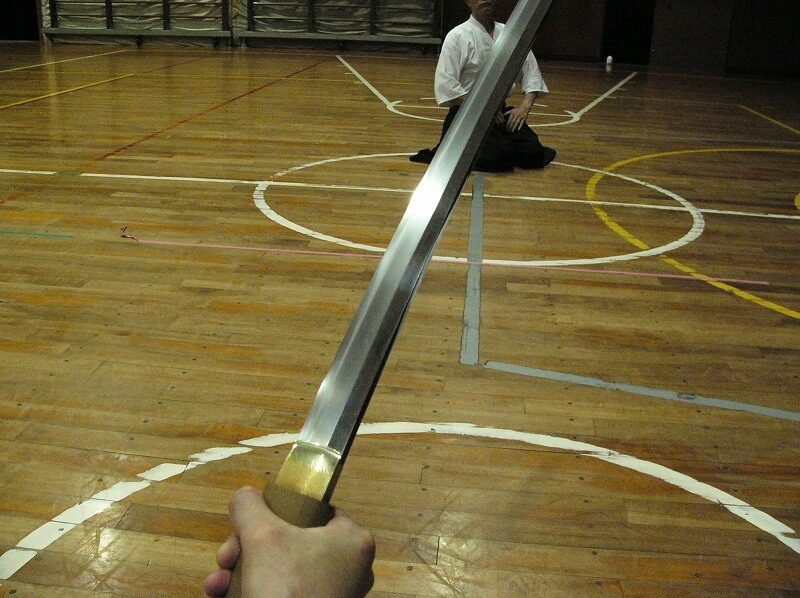
(Image: yomenoukigumo.blog136.fc2.com)
Still, some people might prefer an antique sword. If that’s the case, then your options really open up! But there are still some important factors to weigh when doing your research.
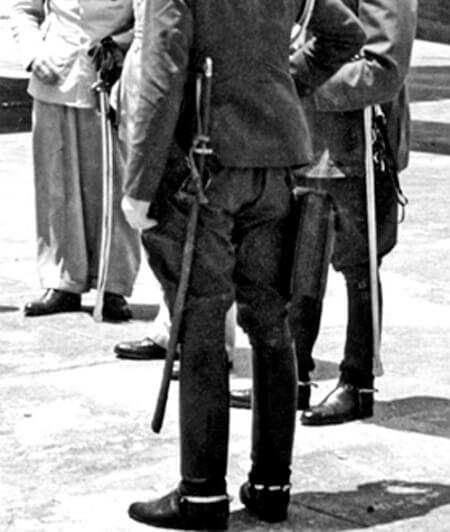
(Image: regimentals.jugem)
Japanese military swords, for example, are still illegal in the country. Thanks to a law passed during the American occupation of Japan immediately following WW2, all military swords (guntō) were collected and either destroyed or shipped outside the country. So you won’t find any of these blades for sale in Japan – and you can’t bring them there either. Now, for the collector who is interested in the performance and craftsmanship that makes Japanese swords so world renowned, the military sword ban shouldn’t get you down; many were completely ceremonial mass produced ornaments. Though they might have been important to the war-time patriot, as a warrior’s tool they pale in comparison to the hand-forged supers strong samurai swords of the thousand years before WW2. So although you might find some in pawn shops throughout America, most of these military ornaments have never seen the inside of a Japanese sword master’s workshop. Makes us wonder a little bit more about what Dana White bought in Vegas, doesn’t it?
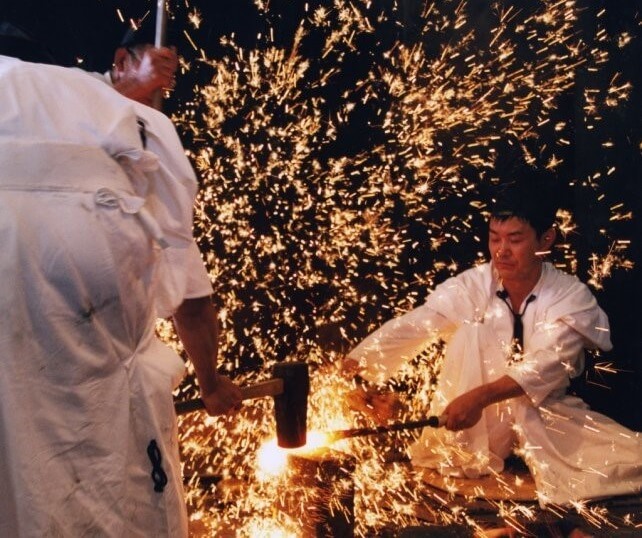
(Image: hinagata-mag.com)
4 Things Serious Collectors Consider When Shopping for a New (or Old) Japanese Sword
1.) The most experienced collector always starts with the following points when considering the value of a sword. First is the name or ‘school’ of the swords creator – the bigger the name, the better the reputation. The better the reputation, the more attention and buzz the sword is sure to enjoy.
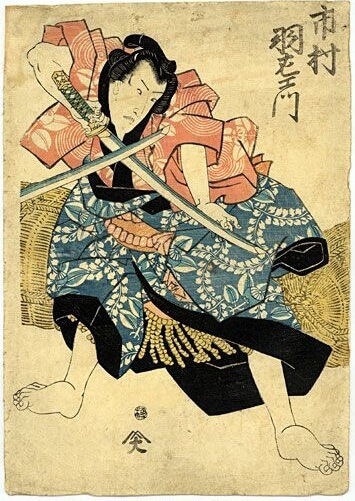
(Image: pintrest.com)
2.) Next is the history of the sword itself, or the history of its creator (see point 1). Many of Japan’s most ultra-famous and ultra-rare (read: not for sale!) swords bring with them centuries of oral history, legends, and myths surrounding their origins, spirit, and performance in battles. These legends could range from the haunted, demonic spirits attributed to Muramasa’s famous swords (see our article on this here: https://orientalsouls.com/blog/traditional-crafts/masamune-and-muramasa-the-secret-history-of-japans-two-greatest-katana-swordmakers/), or even the real-life mystery of their alleged disappearance in the days after the first arrival of the Americans in 1945 (see our post here). No matter what their story, doing some background research helps reveal the character and history of the sword and their creator, giving you great bits of info to brag about while showing it off to your friends.
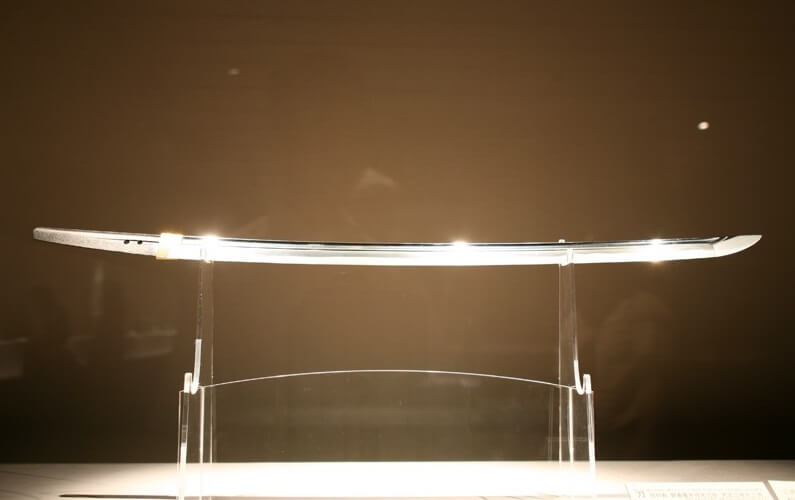
(Image: museum.or.jp)
3.) The official appraisal it has received (if any) from an expert.
4.) Blade condition. This includes not only the presence or severity of damage, but also the ‘extras’ about the steel and its blade. For example, inscriptions or the type of wrap applied to the handle, the existence of a specially made sheath, etc. These are all factors which can send the value of a blade through the roof or crashing to the floor.
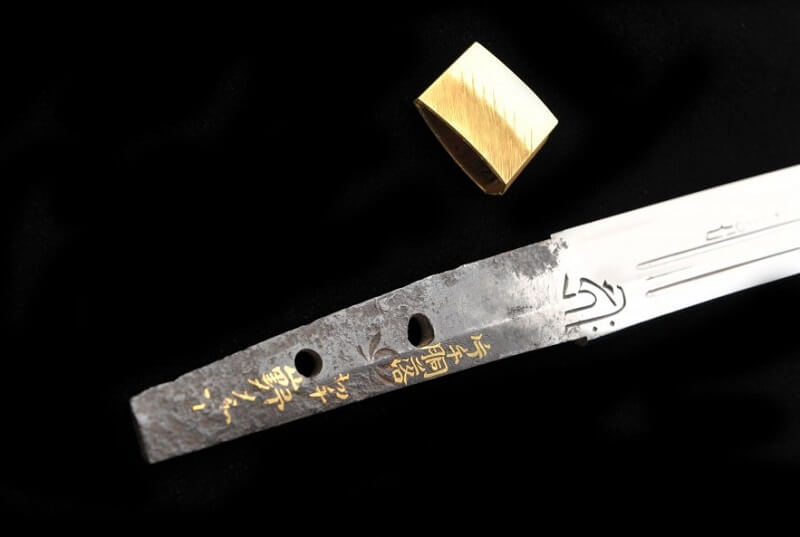
(Image: new.uniquejapan.com)
I will include in point 4 the age of the sword. It seems obvious, but an older sword in great condition will be valued by some much higher than a new sword in similar condition. If you can find at least some info about the sword, you can combine this with its age to ensure that the history of your purchase is preserved for future generations.

(Image: swordsmith-fusayuki.com)
One final note about ‘age:’ Older swords have a more simple appearance along their edge. Newer swords from the Edo period (1603-1868) contain an array of colourful hamon edges, as artists became more and more willing to experiment with high-grade steels. We see the results of this experimentation today in the beautiful colours and tones of Japan’s best kitchen knives, remember?
Taking the Next Step: Shopping Around and Placing an Order
No matter what type of Japanese sword you want – new or old – you are going to want to be absolutely sure that the vendor you go through is going to provide you with a product you will be happy with. To this point, I think that our rule number 1 should be that the dealer is willing and capable of addressing each and every one of the 4 points I have listed above. Ask questions, and get help! Don’t try to do this on your own.
Read, read, and then read some more. Start with the big-name, heavy hitters like Muramasa and Masamune, and work your way down from there. That way you are sure to find a school or a master Japanese swordmaker producing a blade that matches your style and budget. Finally, check out the flourishing communities of sword lovers online! These professional collectors, researchers, and die-hard fans run a number of message boards where – if you are lucky – you might even get the perfect recommendation for your next sword.
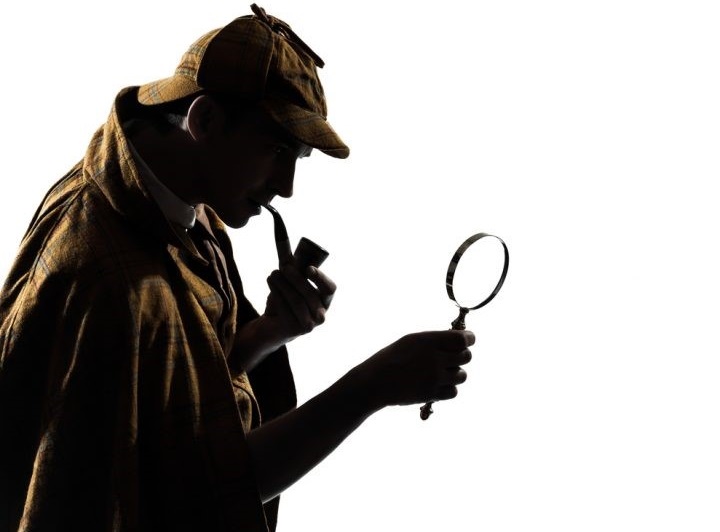
(Image: japan.com)
The hunt is half the fun! The rest? The rest of the fun is the years you will spend together with your very own, authentic Japanese sword. Finally, I will leave you with some advice heard around the net and from a number of respected sword-collector circles: when in doubt while selecting your sword, remember to go with your gut! Some say that the warrior doesn’t choose the sword, but that the sword chooses the warrior.

Author - Jay
In my spare time I enjoy watching baseball, tasting local cuisine, and exploring by road and rail. Having lived in several cities around the world, I have an appreciation for local as well as international histories and cultures. Excited by cultural and social exchange, it is my hope that this blog will help promote an interest in Japanese traditional wares and practises by introducing you to their history and meanings.

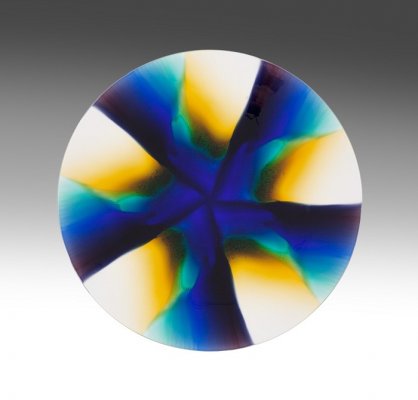
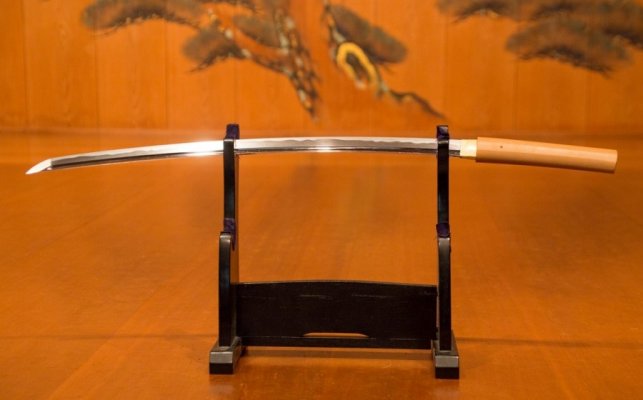
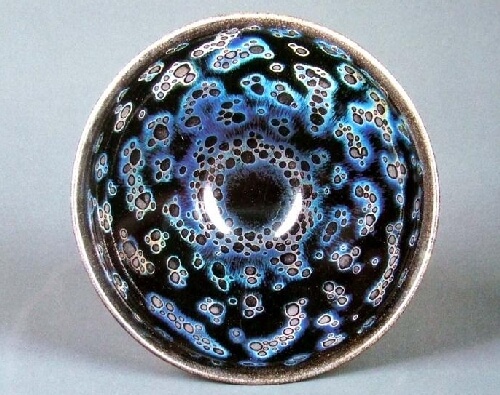
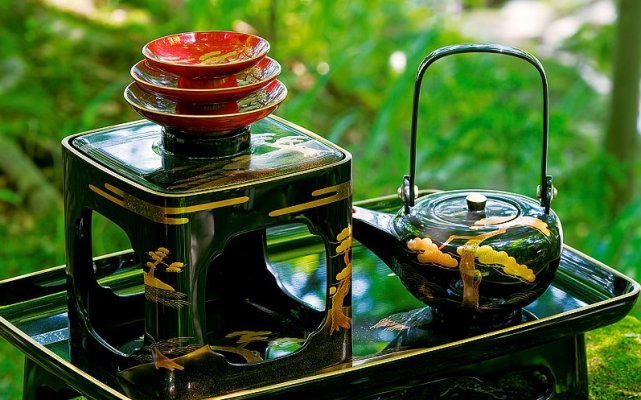


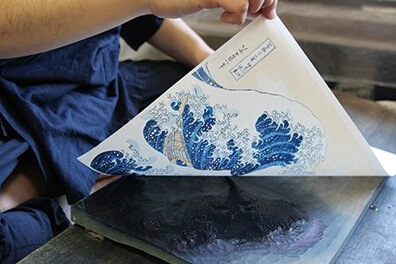
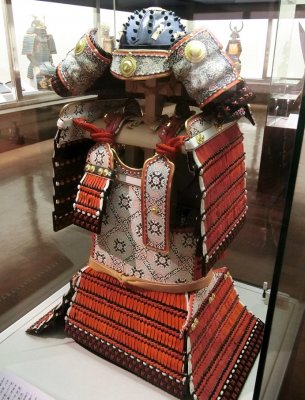
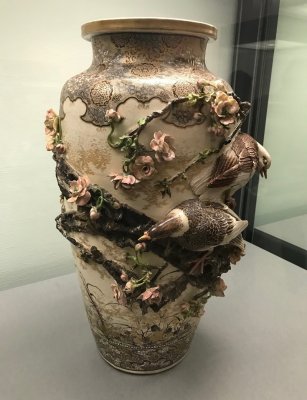
About Orientalsouls.com
Learn and Buy Japanese Craftsmanship, Tradition & Culture
OrientalSoul.com is the online shop where you can buy traditional crafts of Japan.
We only sell selected authentic products in which true spirits of Japanese craftsmanship exist.
You may be able to find similar products in other shops for lower prices. However, we sell products based on fair prices that worth labor and value of experienced craftsmen.
In addition, we introduce stories about product history, how a product is made, what makes it different from others, and how the product enriches your life!